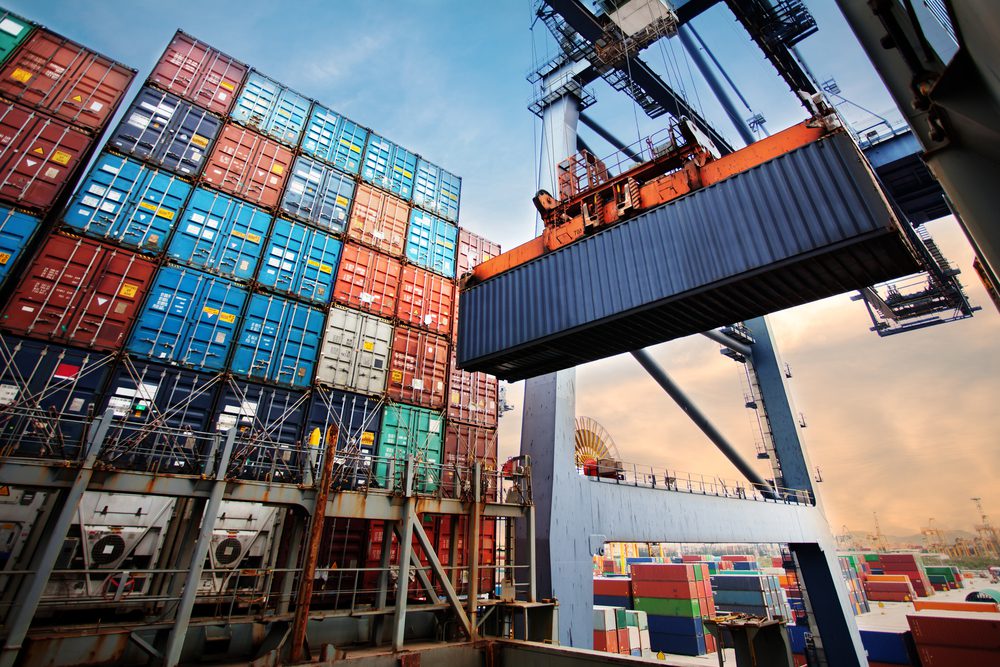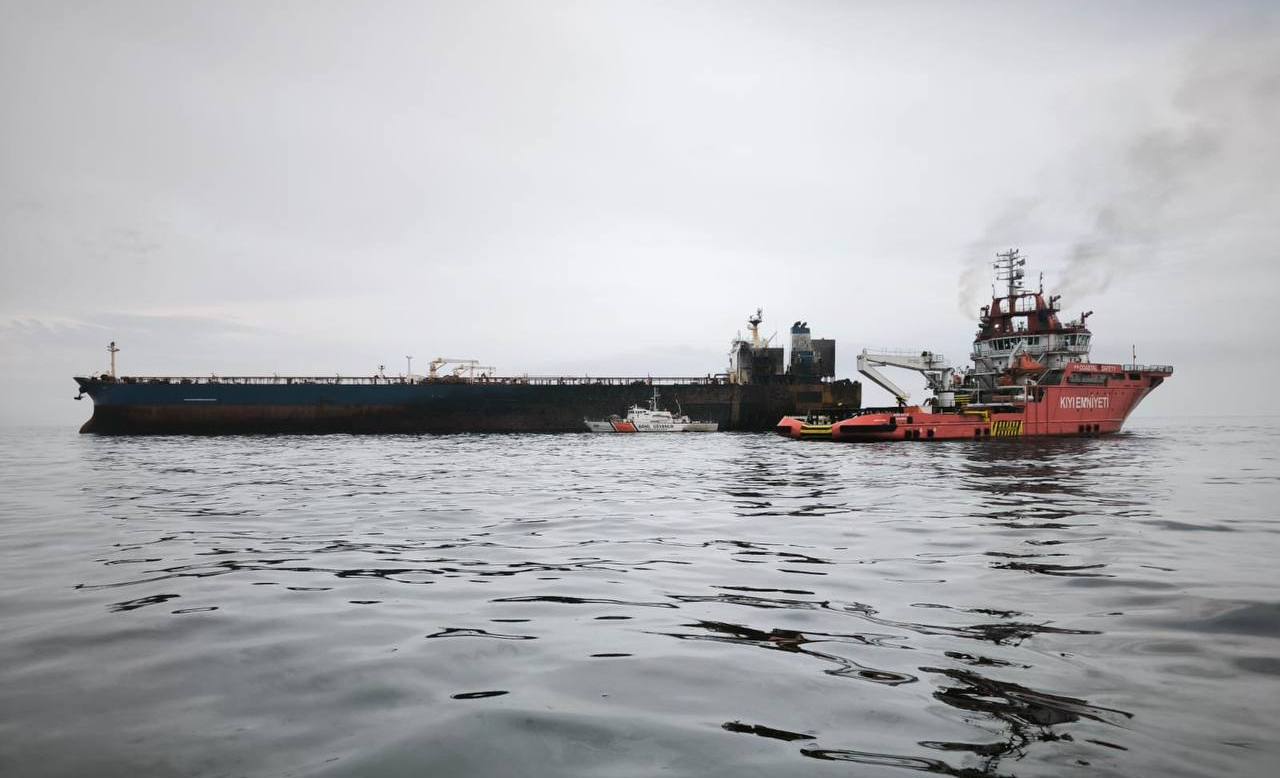The dramatic surge in ocean freight container shipping rates appears to be reaching its peak as importers push back against rising spot rates, according to data released by Xeneta on Monday.
Average spot rates from the Far East to the US East Coast increased by 3.7% on July 15, reaching USD 10,045 per FEU (40-foot equivalent unit), while spot rates to the US West Coast also rose by 2.0% to USD 8,045 per FEU. While these increases are significant, Xeneta points out they are much smaller than the sharp rises seen on July 1, which saw rates spike by 22% to the US East Coast and 12% to the US West Coast.
“Xeneta data shows some ocean container carriers are still pushing spot rate increases in mid-July, but, for the first time in a long time, some carriers are offering lower spot rates,” says Emily Stausbøll, a Senior Shipping Analyst at Xeneta.
Stausbøll highlighted that this shift suggests a growing level of available capacity in the market, allowing shippers to negotiate better rates. “As the balance of negotiating power starts to swing back towards shippers, we should see spot rates start to come back down,” she added.
Xeneta’s market ‘mid-high’ data shows that spot rates for shippers in the 75th percentile are stabilizing. For trades from the Far East to the US, these rates remained flat in July, indicating that the high end of the market is no longer escalating.
Stausbøll explained, “A flat market mid-high means a growing number of shippers and freight forwarders no longer feel they need to pay spot rates at the upper end of the market to ensure their containers are transported. This is the first crack in the dam because it means carriers are no longer dictating which containers to load – but rather having to lower rates to secure volumes.”
The market for fronthaul trades from the Far East to North Europe and the Mediterranean are also peaking, with average spot rates increasing by 4.7% and by 3.5%, respectively, on July 15—smaller compared to the 17% and 10% hikes on July 1.
Stausbøll acknowledged the challenges shippers have faced with rising spot rates and the threat of being unable to ship cargo on existing long-term contracts. “Signs of the spot market reaching a peak will be welcomed by shippers, but it does not mean an end to their troubles,” she said.
Despite easing port congestion and increased shipping capacity, spot rates remain significantly higher compared to six months ago, with increases of nearly 400% from the Far East to the US West Coast, over 300% to the US East Coast, and 455% to North Europe, compared to mid-December.
Stausbøll points out that the primary cause of the market spike in 2024 longer voyages around the Cape of Good Hope as Houthi drone and missile attacks in the Red Sea reroute services. “Unless there is a large-scale return of container ships to the Suez Canal – which seems unlikely at present – the situation cannot be fully resolved. However, it is possible for the spot market to soften while the Red Sea diversions are in place, and this is what shippers will be hoping for in the remainder of 2024.”

 Join The Club
Join The Club











